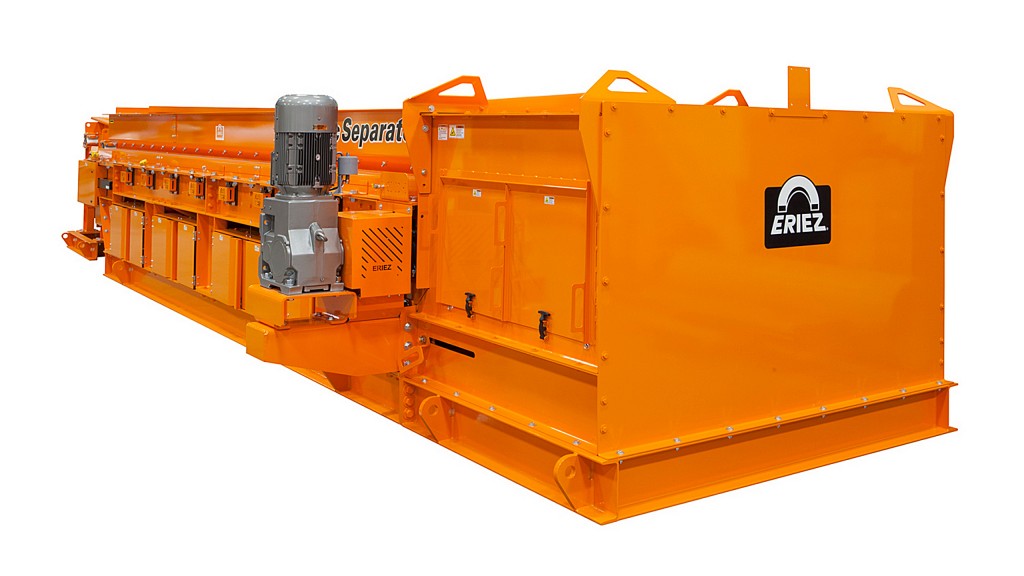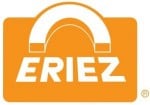Tri-State Iron & Metal achieves higher yield on ferrous shred with Eriez' ballistic separator
Shred1 separator technology key to producing #1 shred with less than two percent copper

Scrap processors are continuously seeking new and innovative ways to obtain a premium ferrous shred which yields a higher value per ton and meets the most stringent steel mill standards.
That goal was particularly top of mind at Tri-State Iron & Metal Company as the owners were considering how to supply a very high-grade ferrous product to steel mills while reducing their picking labour.
Established in 1947, Tri-State Iron & Metal is a third-generation family business which is still located in its original plant in Texarkana, Arkansas. The business has grown rapidly over six decades with the capacity, experience and expertise to handle any recycling needs, including steel, iron, aluminum, brass, copper, auto bodies and many other types of scrap.
Tri-State set a goal to increase company profits by supplying a very high-grade ferrous shred to steel mill customers, while at the same time reducing the amount of hand picking on their line. To meet that goal, the company researched and ultimately purchased a Shred1 Ballistic Separator from Erie, Pennsylvania-based Eriez.
Built to separate ferrous from mixed metals
The Shred1, designed to efficiently separate iron-rich ferrous from the mixed metals and waste material in the post-drum magnet flow, produces a premium low-copper shred.
"We had a few objectives when we were looking at the Shred1," recalls Adam Glick, vice president at Tri-State Iron & Metal. "We needed our ferrous shred to contain less than two percent copper. Previously, we were between 2.4 percent to 2.6 percent copper content We also wanted to reduce our hand-picking labour cost with a more efficient way of handling this process. Ideally, we were looking to use technology rather than labour to increase our profit margins."
The Eriez Shred1 uses magnetics and ballistics to separate materials into two distinct fractions: a premium low-copper ferrous #1 shred (less than 2 percent cu) and a traditional #2 shred. The first fraction is a high-value, low-copper-content ferrous product. The second fraction represents less than 25 percent of the flow and contains mostly mixed metals, copper and aluminum with steel housings or cores.
The 25 percent (#2) product goes through a picking station where fewer pickers are required. Those pickers are more efficient because of the lower volume of the #2 shred.
The first fraction is worth considerably more than a #2 grade fraction and the demand for this #1 grade product is on the rise. The more ferrous recovered from the shred, the greater the profit, in both higher quality scrap and increased copper pickings.
Better recovery provides competitive advantage
Selling a premium low-copper content ferrous product gives operators a competitive advantage when dealing with most steel buyers and leads to greater value or greater share of the local resale market.
Scrap processors see additional revenue by re-selling the residual copper from the #2 fraction, which is worth considerably more per pound than the ferrous scrap.
"Interest in the Shred1 continues to intensify as scrap processors like Tri-State Iron & Metal seek greater value in a premium ferrous product," says Chris Ramsdell, Eriez recycling product manager. "The ferrous premium combined with the increased copper pickings and reduced labour helps the Shred1 quickly pay for itself in three different ways."
For Tri-State, the Shred1's ballistics enables them to automatically produce a premium #1 low-copper ferrous product. Its high-speed processing sends clean high-grade ferrous on a different trajectory than mixed metals like meatballs and wire harnesses, which contain some copper or non-ferrous metals.
These mixed metals degrade the ferrous product and often render the frag to low value uses such as rebar production. The premium low-copper ferrous is highly valued by most steel mills and it is that sort of product that Tri-State can now deliver to its regional customer base.
There is economical and operational return as well to Tri-State. Glick says the company reduced its pickers from four to two and has experienced a higher recovery rate with the technology of the Shred1.
"We looked at different solutions to pull more copper out of the ferrous - even adding more pickers," explains Glick. "But we decided to invest in the technology and had Eriez demonstrate the unit.
"Eriez answered all our questions before we put it online."
This article was contributed by Eriez and was originally published in the January/February 2018 edition of Recycling Product News, Volume 26, Number 1.



